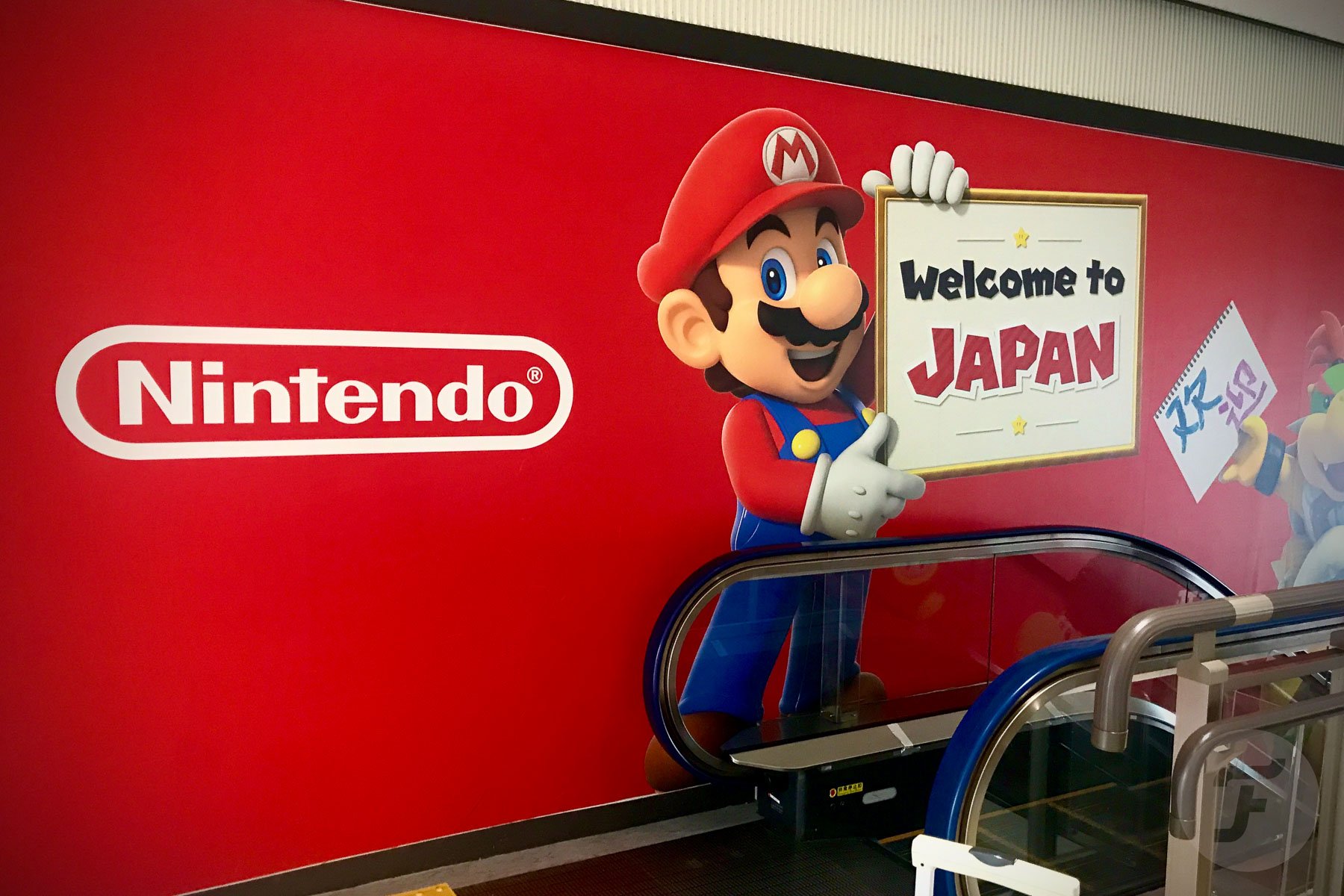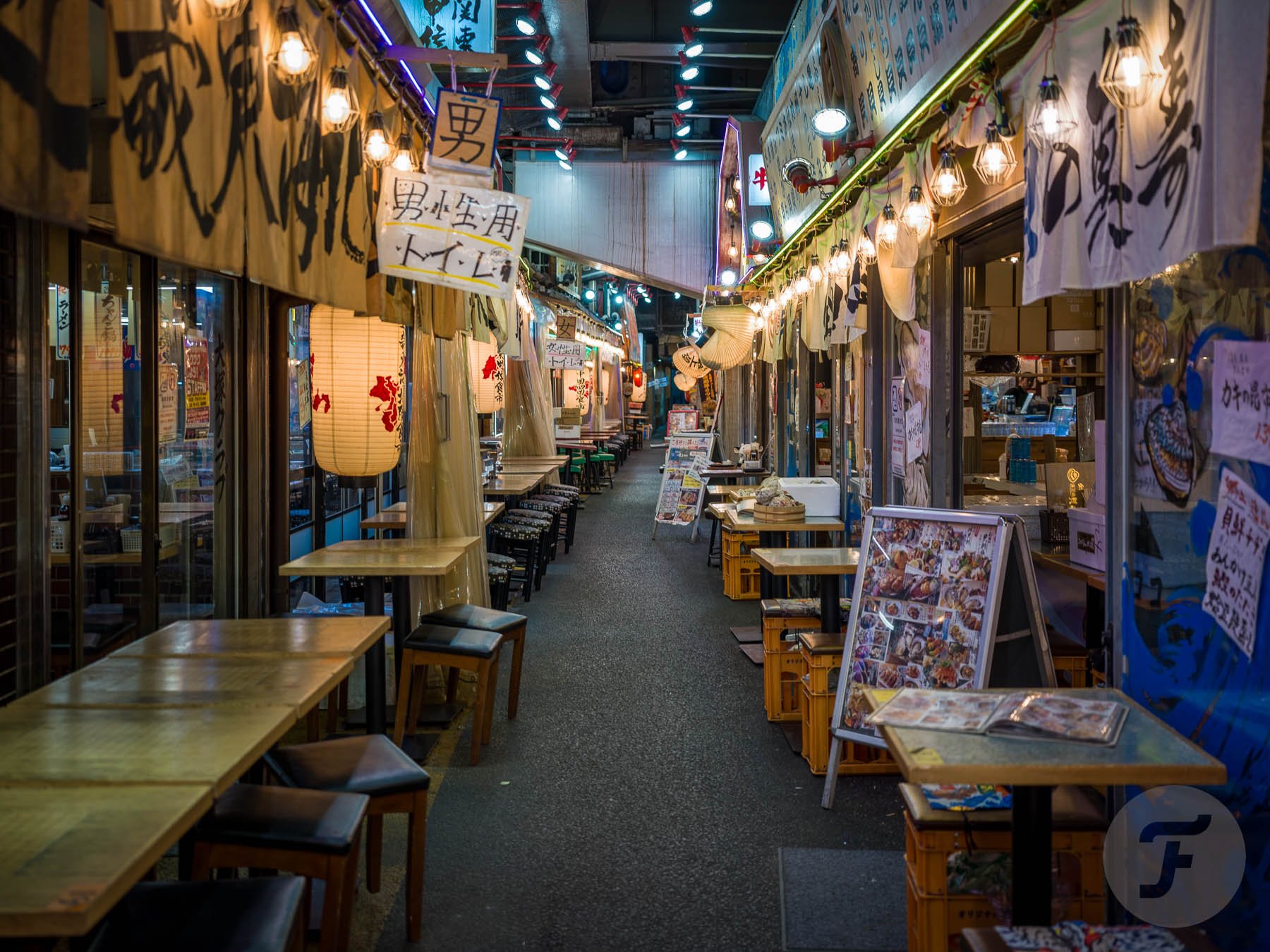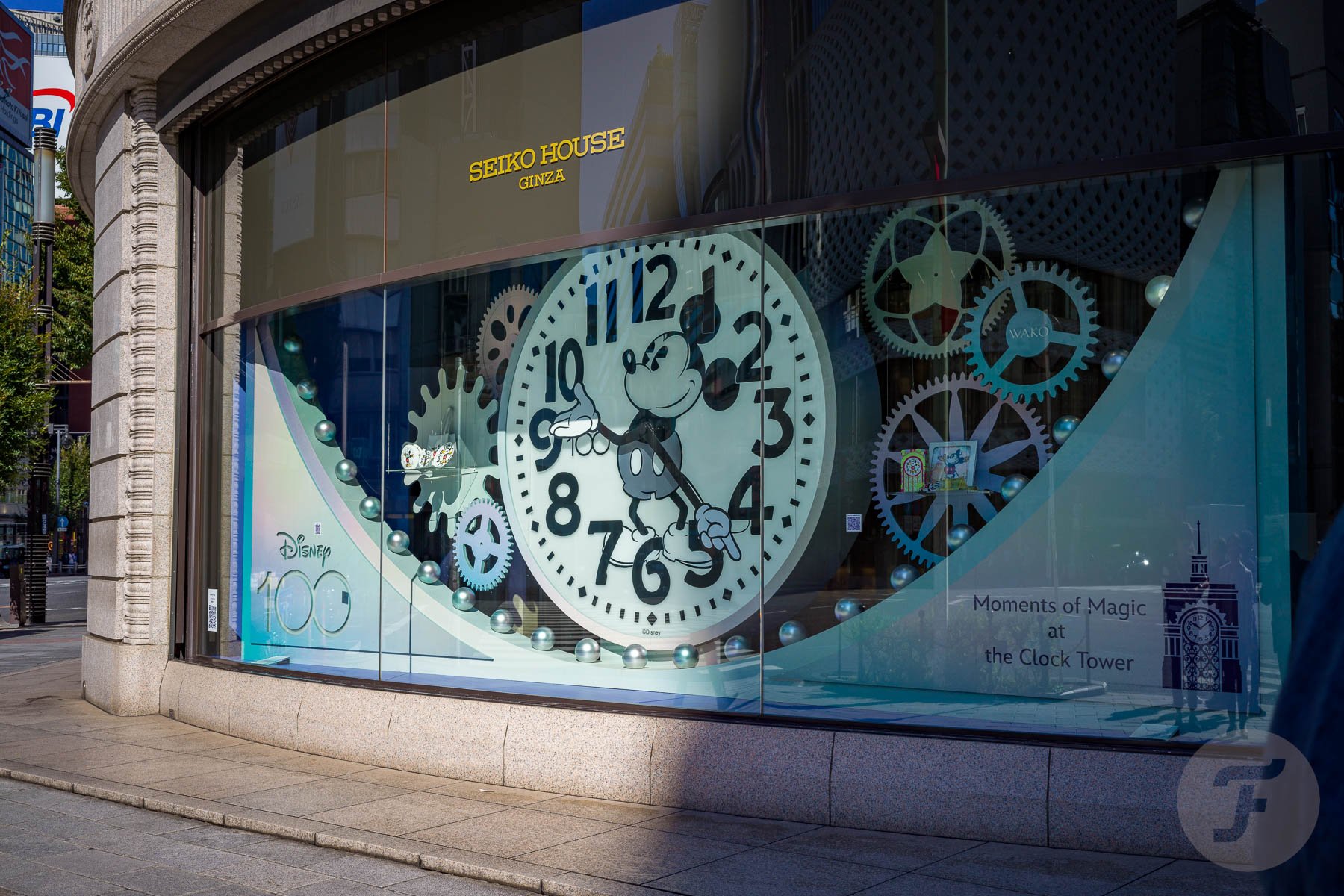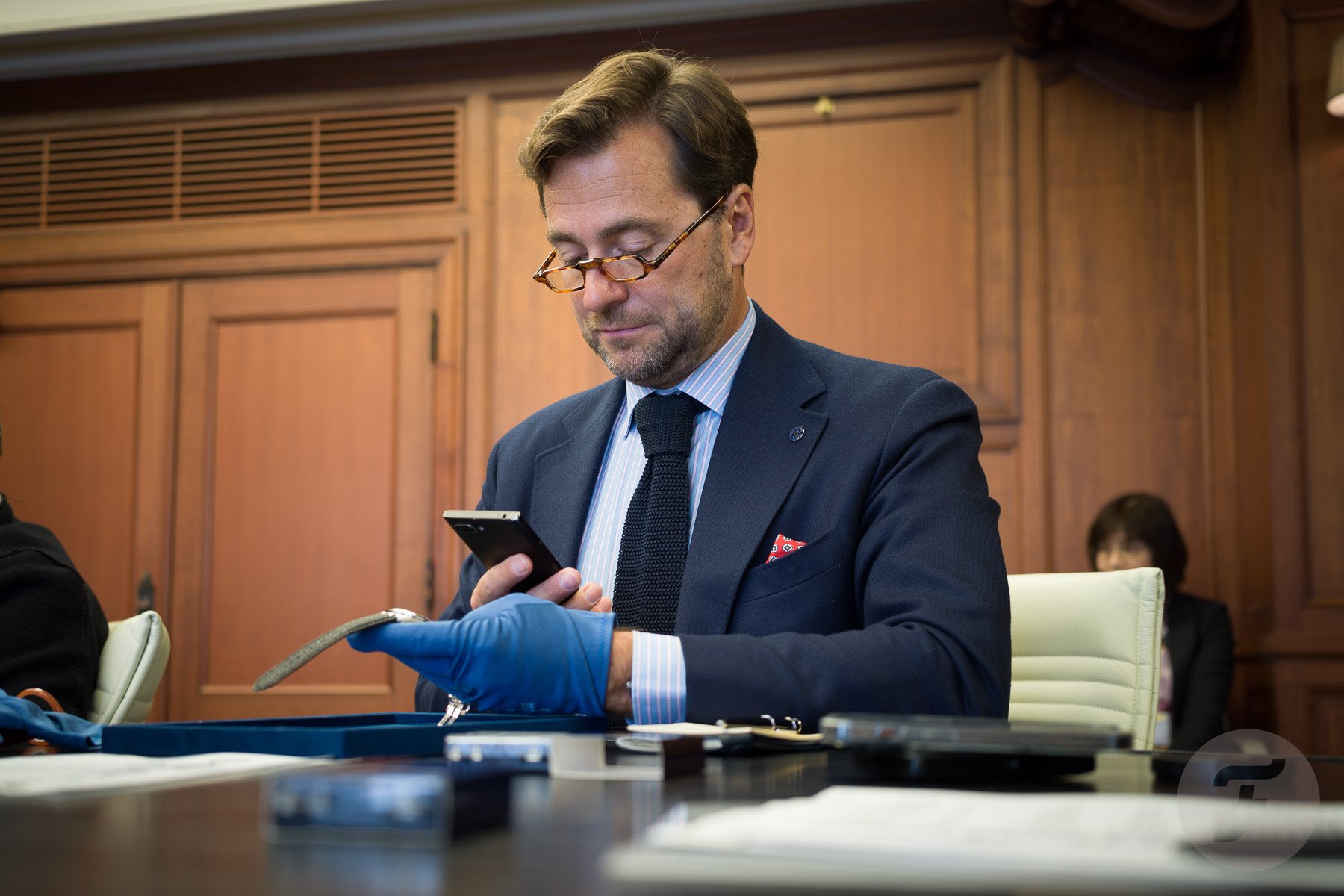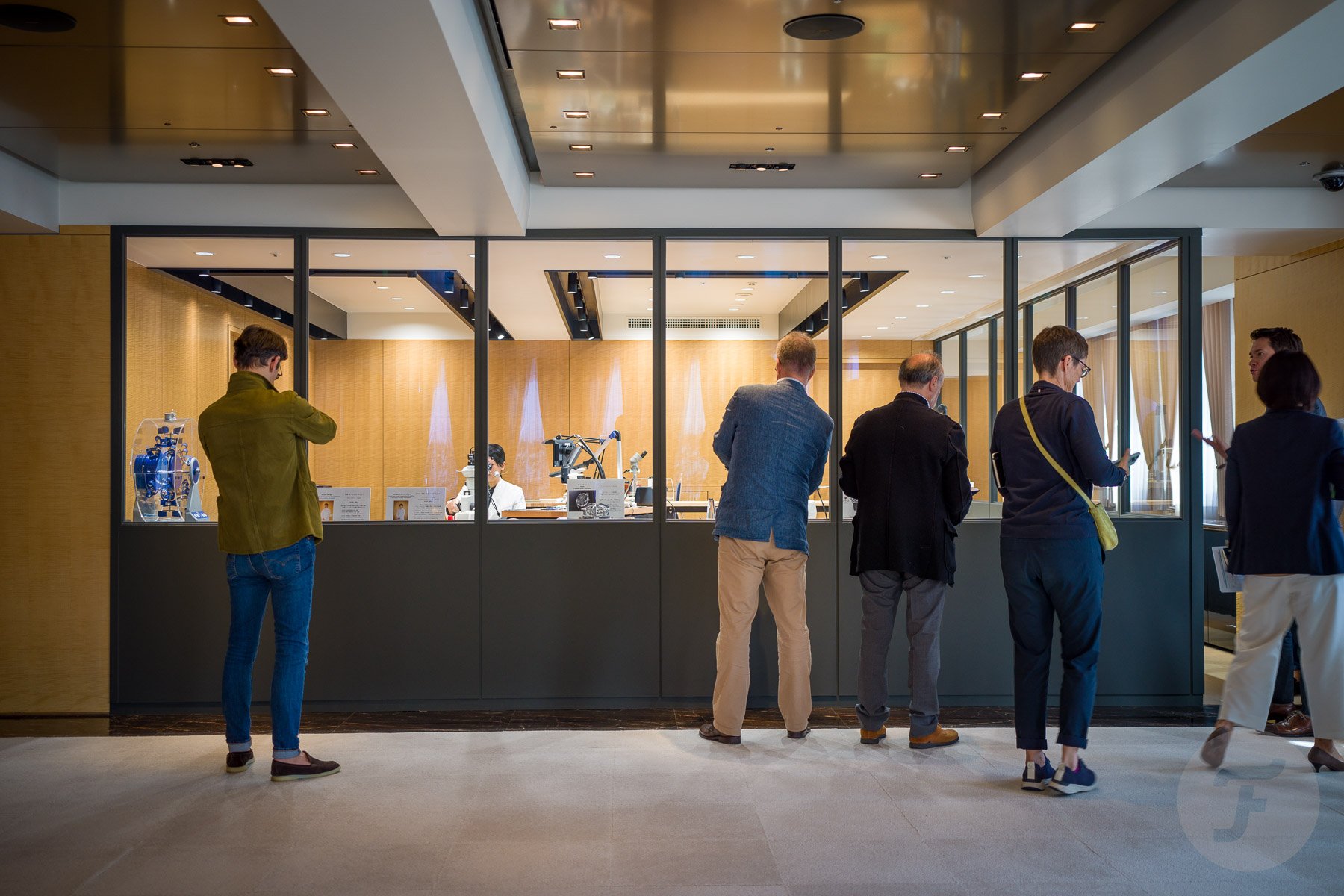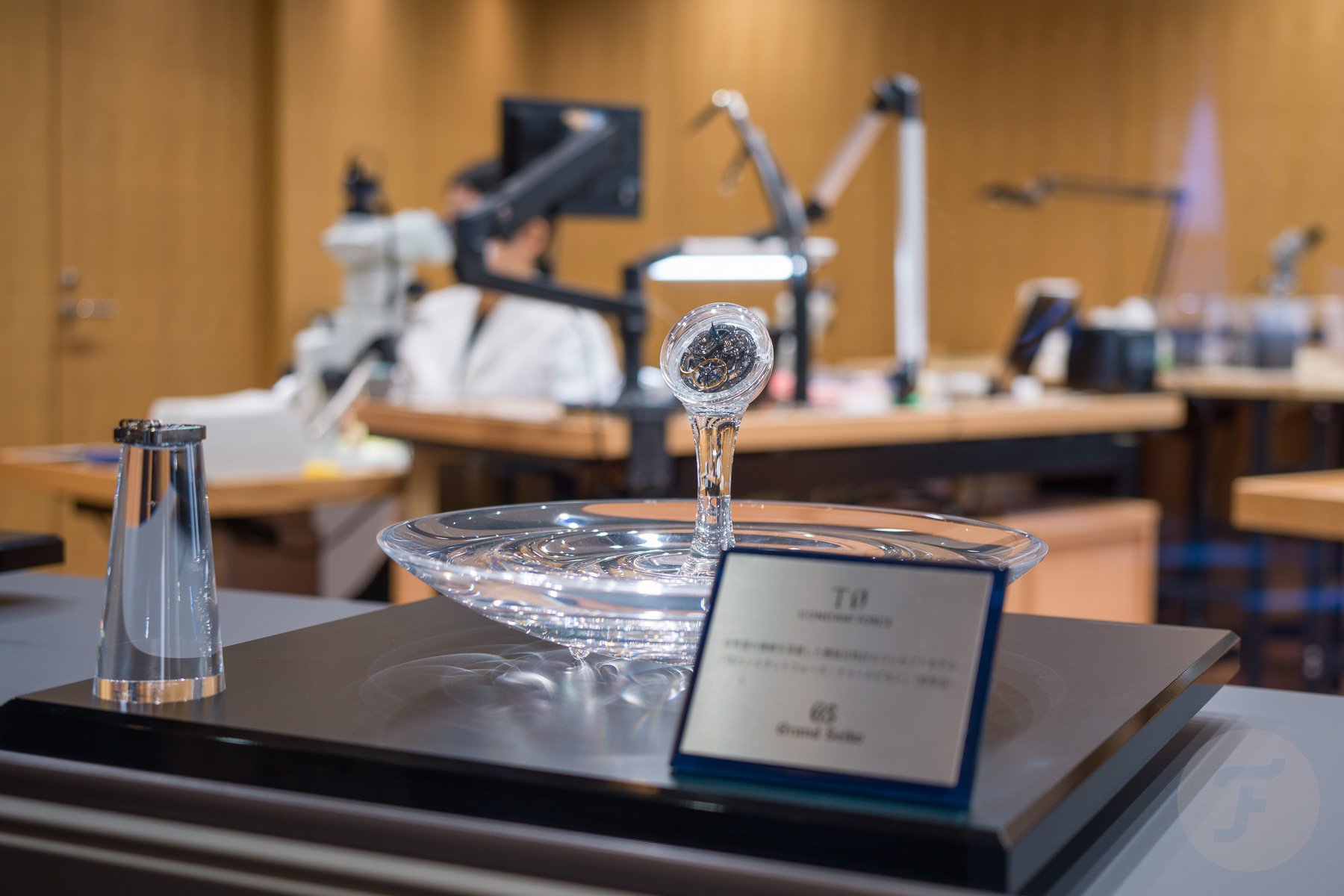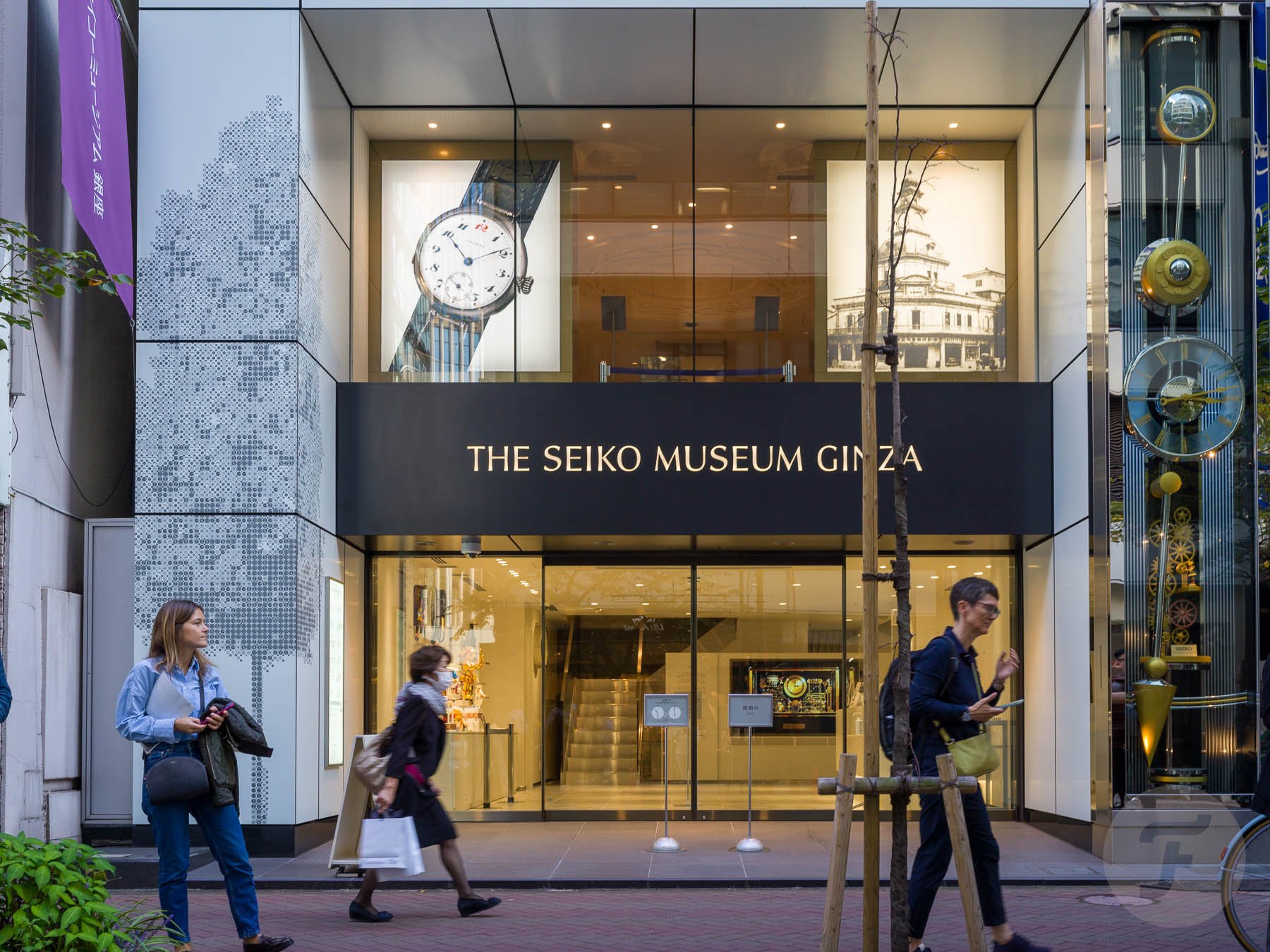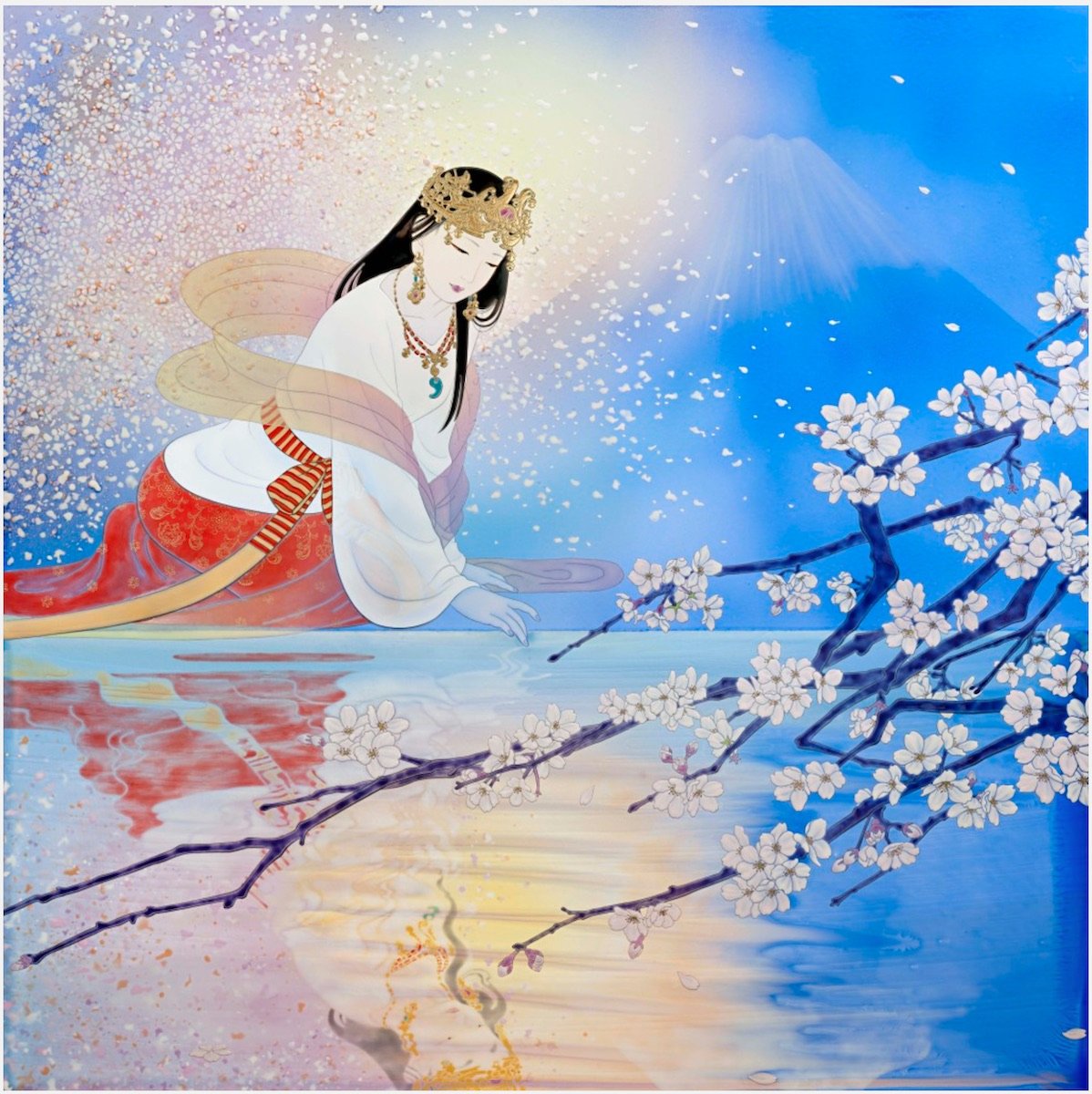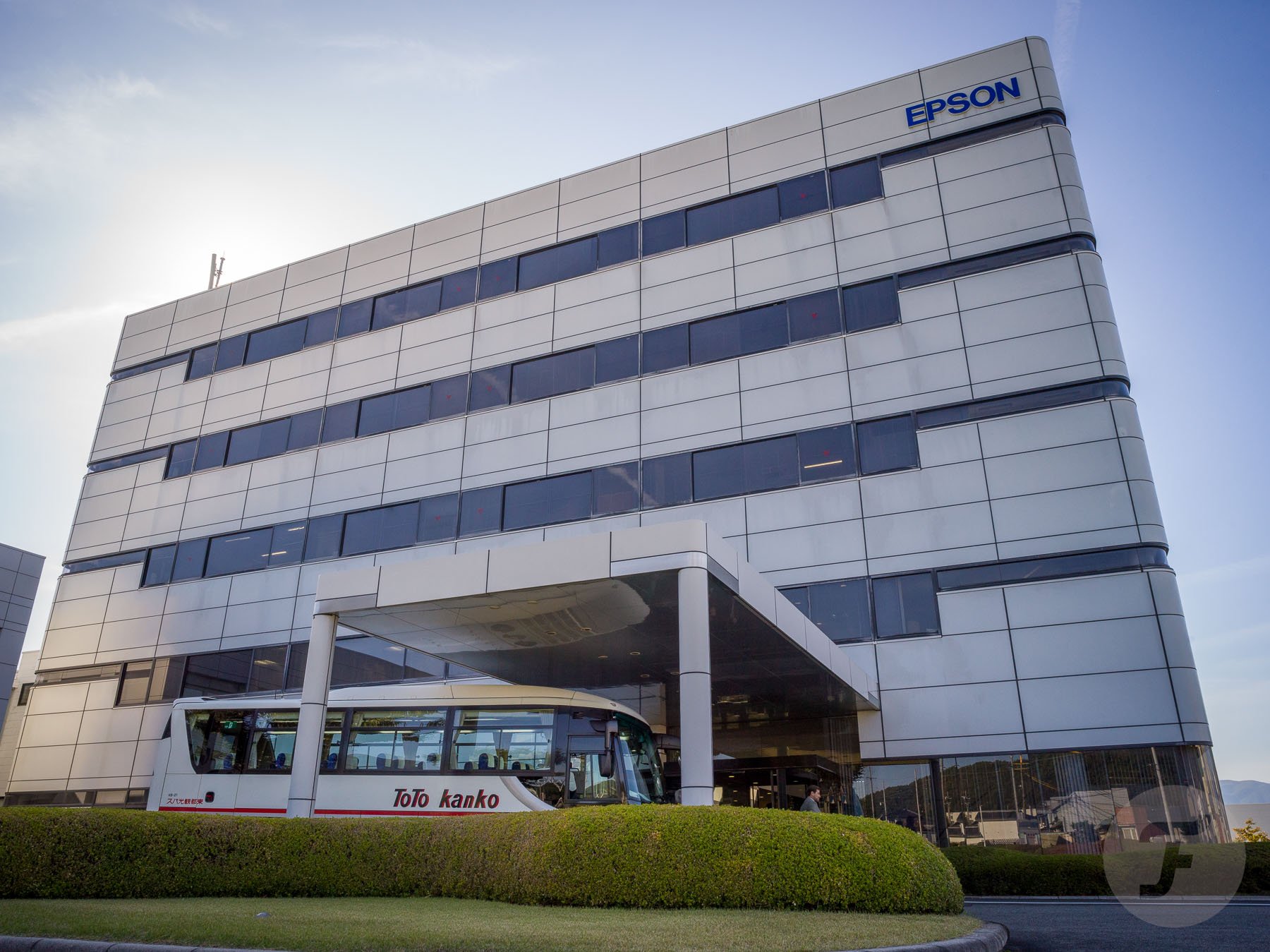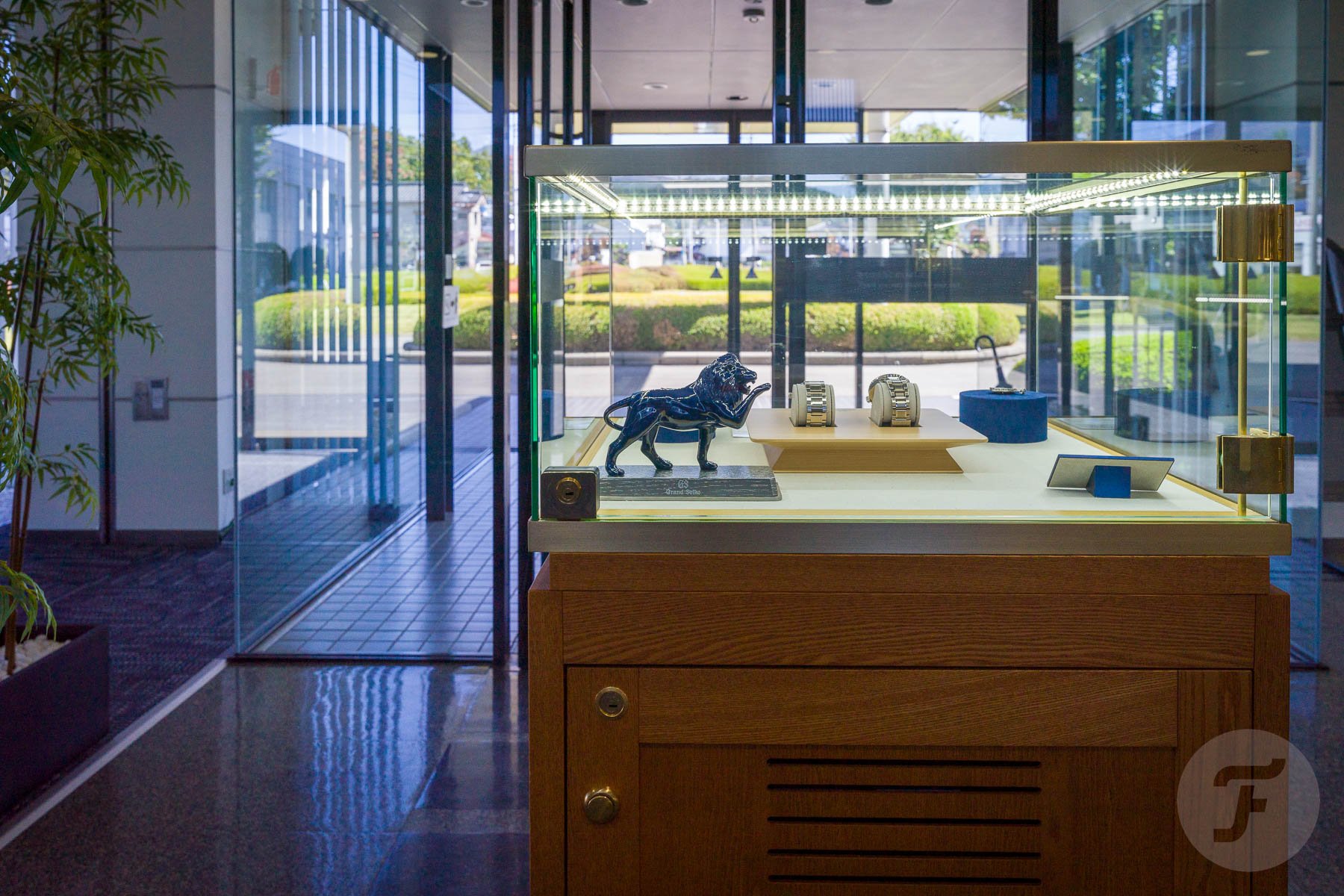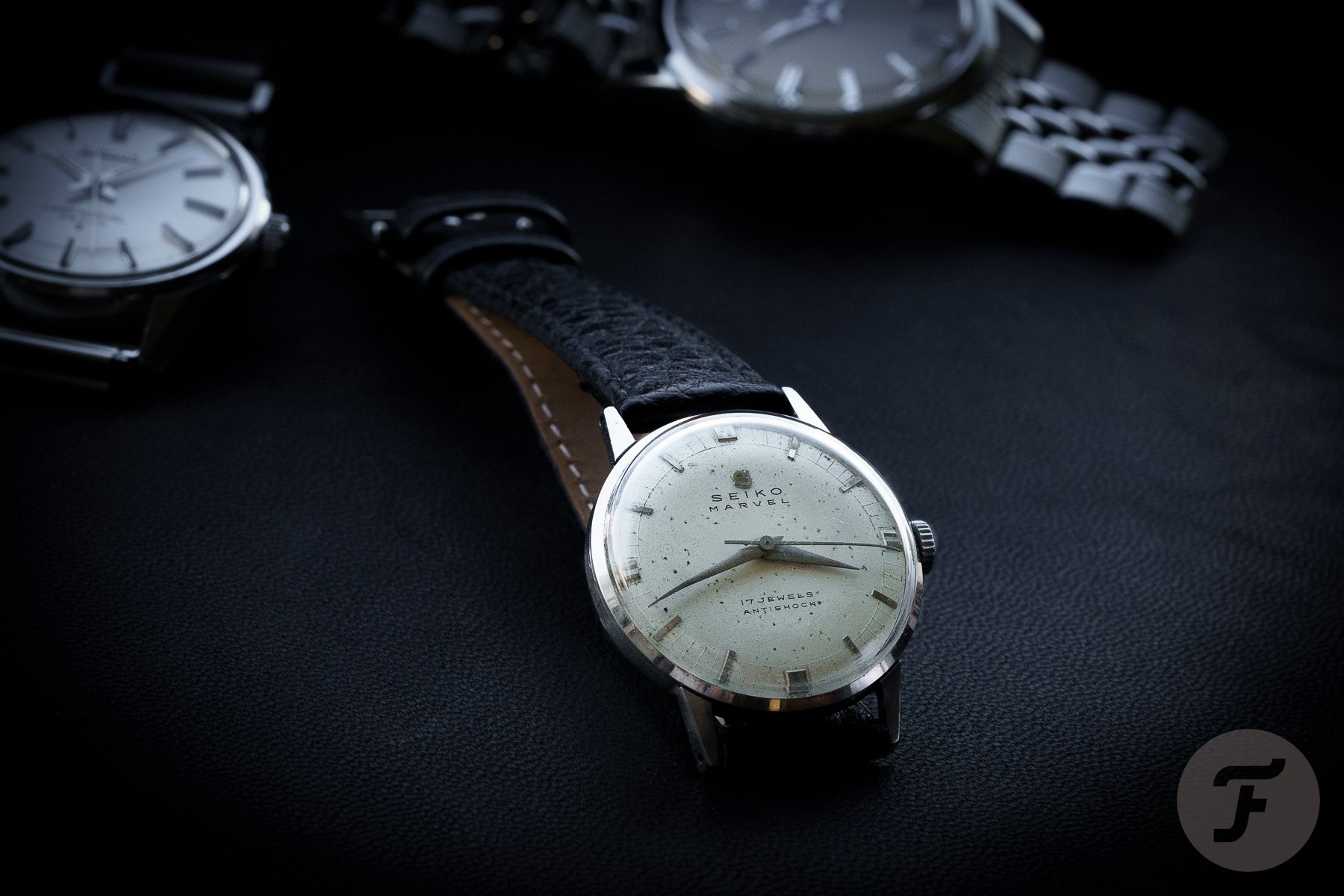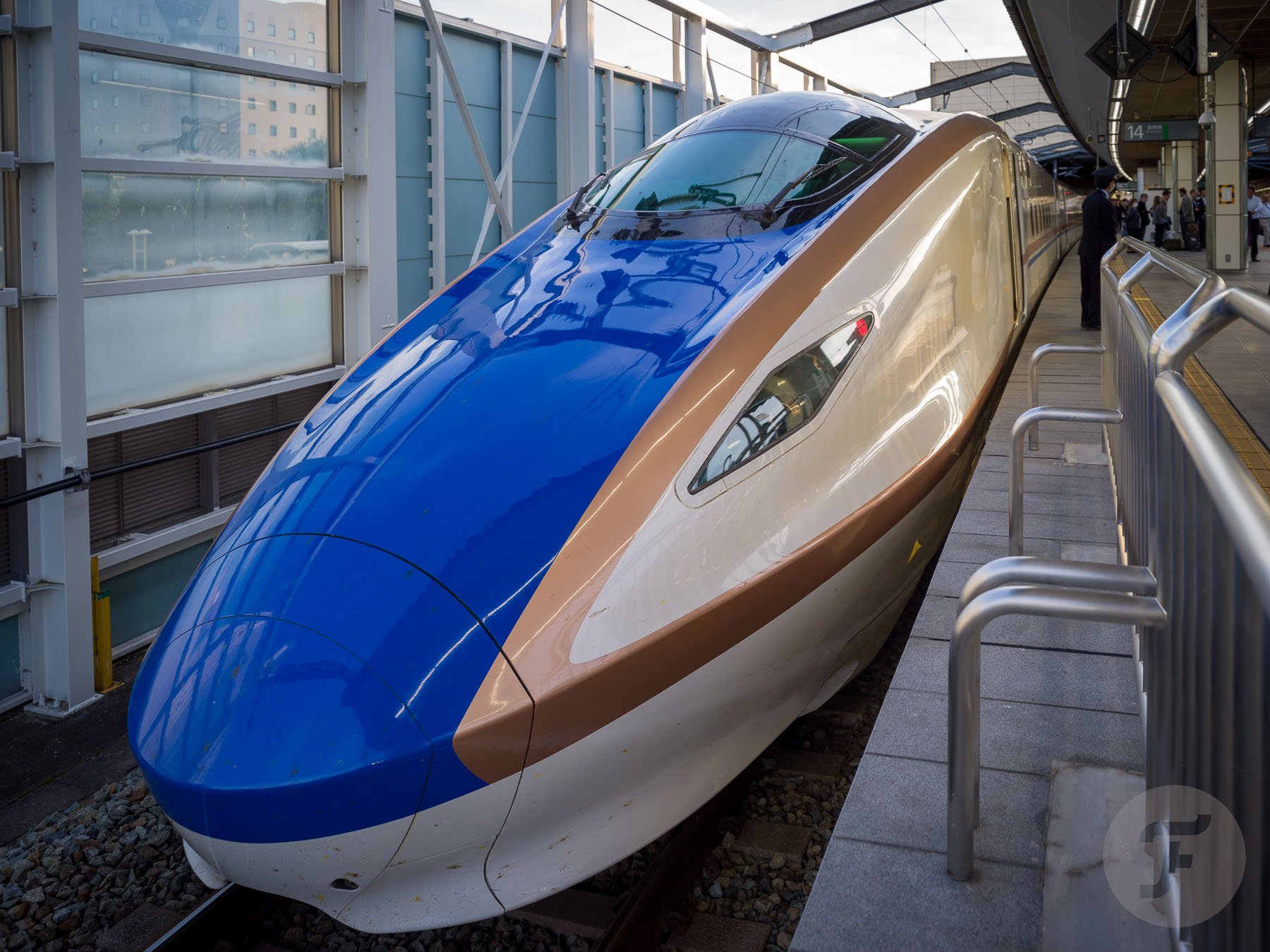The Grand Seiko Media Experience Tour 2023 In Japan — Part 1
In October 2023, I got the call. No, not from an AD to pick up a long-awaited watch but from the folks at Grand Seiko Europe to join them on the 2023 Media Experience Tour in Japan. I was just as excited — no, even more so. I’d never visited Japan before and had always been eager to understand the values behind the Grand Seiko brand better. I always felt that there was something else behind the technical perfection and beauty of the watches — something more profound. Here’s what I saw and learned about it.
Grand Seiko Media Experience Tour
I’ll skip the 14-hour flight and the subsequent jet lag. Arriving in downtown Tokyo around 10:00 in the morning was quite perfect. The afternoon was free to adapt to the Japanese time zone. Strolling around Tokyo’s Ginza area — a stone’s throw away from our first hotel — was ideal to get a hint of Japan’s habits and people. In the evening, dinner in one of the hotel’s restaurants was perfect for getting to know the other five tour members from France, Italy, Switzerland, and Germany. Our tour would be guided by a member of the Grand Seiko Europe staff, three of the Grand Seiko staff in Japan, and a Japanese government-certified tour guide.
Japan is a strict, very well-organized, clean, and safe country. But it is a very playful country as well. As the first pictures in this article might have clarified, Japan loves quirky and unique fictional characters. For example, the Pokémon and Mario franchises feature many colorful and imaginative creatures, each with distinctive traits and personalities. The use of kawaii characters is widespread in Japan, with many companies and regions having their adorable mascots. Even foreign comic characters, such as those from Disney, are popular in Japan and embraced by serious companies like Seiko.
Day one: Seiko House Ginza
Let’s get on with the Media Experience Tour. After touchdown day zero, day one was divided into two parts. It started with an explanation of Seiko’s complicated organizational structure in one of the Seiko House Ginza’s beautifully furnished rooms. I won’t dive too deep into the organizational structure here, but you can find more information through Seiko’s corporate website. One particularly nice thing was that we all received different Grand Seiko models to wear and accompany us on our tour that week.
In the same building, we visited the Atelier Ginza. Seiko Watch Corporation, Seiko Time Creation Inc., and Wako Co. jointly operate this small atelier. Wako is Seiko’s retail operation, with its vast boutique on the first four floors of the Seiko House Ginza building.
And whatever work is carried out here, interestingly, Grand Seiko Kodo movements are also assembled at the Atelier Ginza.
The last thing we did at the Seiko House Ginza was visit the spectacular rooftop that houses the famous clock tower. Two of its four clocks had a dedicated Mickey Mouse dial for Disney’s 100th anniversary, as shown in the header image of this article.
Seiko Museum Ginza, including wadokei
After lunch, the second part of day one was a visit to the Seiko Museum Ginza. The museum owns 10,000 watches plus 2,000 Western and traditional Japanese clocks. Understandably, only part of the entire collection is permanently on display. While touring the museum, my interest was mainly in the evolution of Seiko’s watches. However, it was also fascinating to learn that, not even that long ago, traditional Japanese timekeeping was very different from Western timekeeping. Until Emperor Meiji did away with the lunar calendar in 1872, Japan had no Western-style clocks. The country’s people had used wadokei (和時計), Japanese temporal hour clocks.
A Japanese day only had 12 hours — six during daytime and six during nighttime. An hour’s length changed with the seasons, so a daytime hour in winter was shorter than a daytime hour in summer. I want to learn and understand more about this traditional Japanese time system. Who knows? This might end up as a separate article later…
The legend of Yatsugatake
After we visited the Seiko Museum in Ginza, we drove by chartered bus from Tokyo to Yamanashi to spend the night in the Yatsugatake mountains. It’s incredible how, only a few hours from bustling Tokyo, places with such a unique Japanese countryside atmosphere exist.
According to the local legend, the current Yatsugatake mountain range was once only one mountain. This mountain was higher than Mount Fuji, but Konohanasakuya-hime, the goddess of Mount Fuji, tore it down out of jealousy, leaving Yatsugatake the way it is today. Yatsugatake’s sister, Mount Tateshina, cried over his broken silhouette, her tears creating Lake Suwa. Legends aside, it might not be far from the truth. Some geologists say that Yatsugatake was only one mountain millions of years ago before it erupted and became the current shape of a mountain range.
Day two: Seiko Epson Shiojiri Plant
Armed with the theoretical and historical knowledge we absorbed the day before, it was time to gain more practical insights on day two. From our hotel in Yamanashi, we headed for the Seiko Epson plant in Shiojiri, which, among other departments, houses the Shinshu Watch Studio. It was here that we learned not only about more practical matters but also the historical importance of this plant.
A short theoretical course taught us that Grand Seiko’s 9R Spring Drive and 9F quartz movements and models are produced in-house within the Shinshu Watch Studio. It was impressive to hold a real home-grown quartz crystal and learn about the mysterious little holes in the 9R and 9F calibers. They serve for measurements and adjustment work on these electronically regulated movements.
As part of the Shiojiri plant, the Shinshu Watch Studio houses four separate studios. First, there’s the Micro Artist Studio, where watchmaking skills are preserved and used to produce complicated Grand Seiko Spring Drive and Credor mechanical models. Next, there’s the Takumi Studio, where the watchmakers of today learn valuable and traditional watchmaking skills. There’s also the Dial Studio, which is responsible for producing one of the most important elements of the watches overall. Lastly, the Case and Jewelry Studio covers all facets of case manufacturing, from pressing to Zaratsu polishing and traditional Japanese engraving.
The way to Grand Seiko
Why is this Shiojiri Seiko Epson plant — now producing Grand Seiko’s Spring Drive and quartz models — so important historically? During the Second World War, in 1942, the Daini Seikosha manufacturing facilities moved from Tokyo to the local watch manufacturing factory of Daiwa Kogyo in Shiojiri, a small city northwest of Lake Suwa in Nagano Prefecture. Soon, the company was renamed Daini Seikosha Suwa Plant and later, in 1959, to Suwa Seikosha. It was in this facility that, in 1956, the Seiko Marvel was born.
This was the first model with an entirely Seiko-designed movement. Before that, Seiko primarily relied upon Swiss Moeris movements. After several iterations and improvements (Lord Marvel, 1958; Gyro Marvel, 1958; Cronos, 1959; and Crown, 1959), the first Grand Seiko watch debuted in 1960. It was the very best watch that Seiko could produce at that time. Ultimately, in 1985, the Suwa Seikosha factory became Seiko Epson Corporation, while the original Daini Seikosha factory became Morioka Seiko Instruments Inc. in 1987. Both factories produced appealing mechanical Seiko watches during the 1960s and ’70s, like Grand Seiko, King Seiko, Lord Marvel, and Skyliner models, among others.
Nowadays, the Seiko Epson Corporation in Shiojiri is a massive plant with 600 workers. As mentioned, the Spring Drive and quartz Grand Seiko models as well as Credor mechanical watches all hail from its Shinshu Watch Studio. However, other watches with electronic calibers, like the Astron line, also come to life here.
Going through the different studios, we witnessed many stages of the assembly and production process. Although we saw the assembly, we didn’t see the actual production of the quartz and Spring Drive parts. For me, the manual bluing of hands, the production of dials, and the Zaratsu polishing of cases were highlights of the Shinshu Watch Studio tour.
To be continued…
An article about a Grand Seiko visit in Japan seems incomplete without a picture of a Shinkansen (bullet train), so here’s mine. We used this train to travel from Nagano Prefecture in western Japan to Iwate in the north. However, to keep this Grand Seiko Media Experience Tour article concise and clear, I’ll finish detailing my experience in Part 2 soon. It will cover a visit to the Shuzukuishi Studio in Morioka, where Grand Seiko’s mechanical models are produced, as well as some more attention to Japanese culture and habits. Stay tuned.

